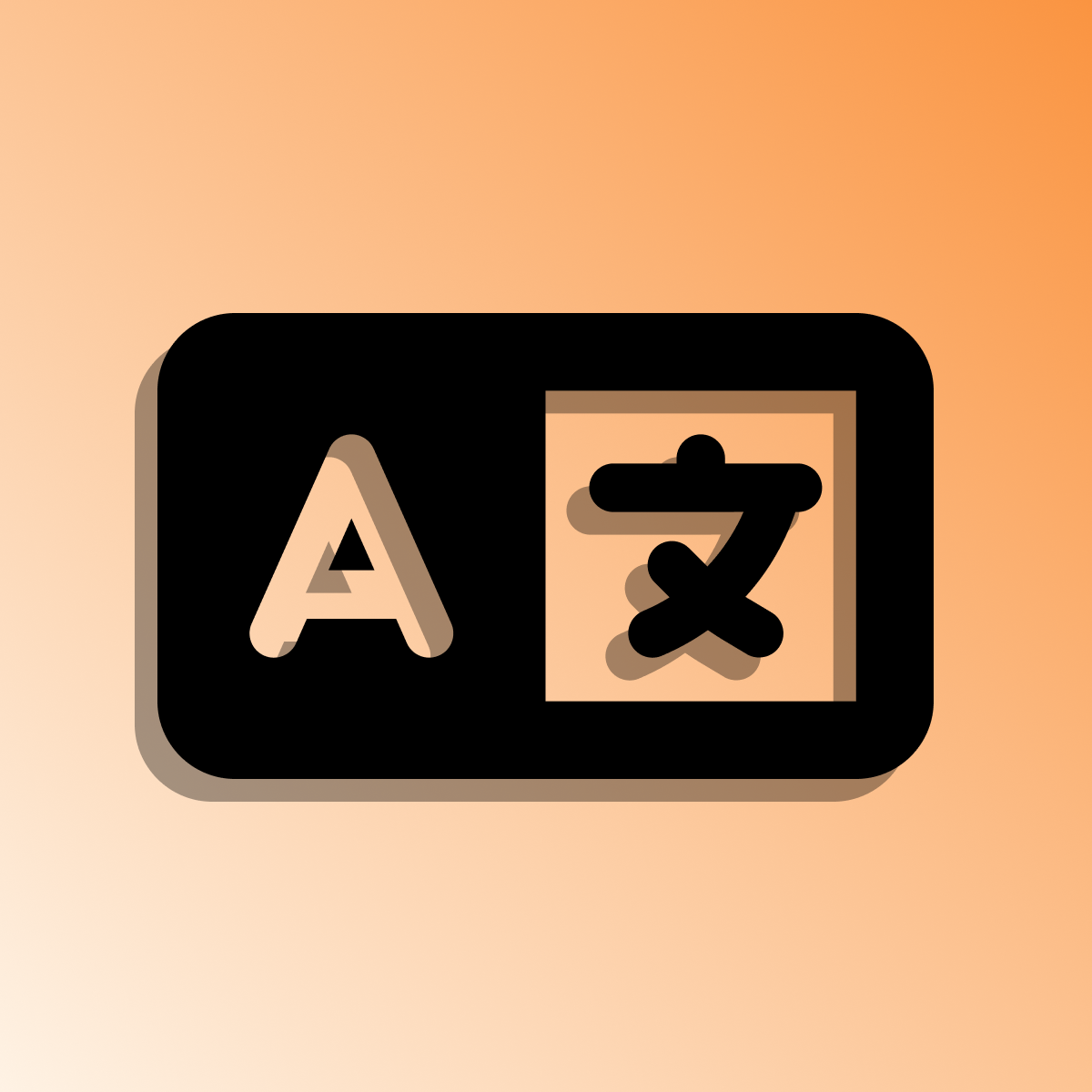Summary
Plain language, also known as plain writing, is a style of communication that prioritizes clarity and ease of understanding. It involves using clear, concise language, logical organization, and reader-focused writing techniques. The goal is to ensure the audience can find, understand, and use the information presented without difficulty.
FAQs
Why is plain language important?
Plain language is crucial for effective communication, especially in government documents and public-facing materials. It saves time and resources by reducing the need for clarification, minimizes misinterpretations, improves compliance with regulations, and enhances accessibility for all audiences.
What is the Plain Writing Act of 2010?
The Plain Writing Act of 2010 is a U.S. law enacted to ensure federal agencies communicate information clearly and understandably to the public. It mandates agencies to write documents in plain language, making it easier for people to understand government communications, instructions, and services.
What are the key requirements of the Plain Writing Act?
The Plain Writing Act mandates federal agencies to:
- Use plain language in covered documents: This includes documents related to federal benefits, services, taxes, and compliance requirements.
- Designate Plain Language Officials: Each agency must appoint senior officials responsible for overseeing their plain language program.
- Provide Plain Language Training: Agencies must train staff on plain language principles and writing techniques.
- Create and Maintain a Plain Language Website: Agencies must have a dedicated website section for plain language resources and compliance reports.
- Publish Compliance Reports: Agencies are required to submit regular reports detailing their progress in implementing the Plain Writing Act.
What are some examples of plain language techniques?
Plain language techniques can significantly improve the readability and comprehension of written materials. Some common techniques include:
- Active Voice: Using active voice helps create clear and concise sentences, making it easier for readers to understand who is doing what.
- Short Sentences and Paragraphs: Breaking down complex information into manageable chunks improves readability.
- Common, Everyday Words: Choosing familiar words over jargon or technical terms makes the text accessible to a wider audience.
- Reader-Centered Organization: Structuring information logically and using headings, subheadings, and bullet points enhances readability.
How does the Plain Writing Act affect regulations?
While the Plain Writing Act does not directly cover regulations, it encourages federal agencies to write regulations and their accompanying materials in a clear and easy-to-understand manner. OMB guidance emphasizes that even specialized or technical publications should be written with the intended audience’s expertise in mind.
What is the role of the Plain Language Action and Information Network (PLAIN)?
PLAIN is an interagency working group in the U.S. federal government dedicated to promoting and supporting the use of plain language. PLAIN provides guidance, resources, and training to help agencies comply with the Plain Writing Act and improve their communication with the public.
How can the public contribute to the Plain Writing Act’s success?
The public plays a vital role in the success of the Plain Writing Act. You can provide feedback on federal agency communications by:
- Visiting agency websites: Many agencies have dedicated sections for plain language feedback.
- Contacting agency Plain Language contacts: Reach out to the designated personnel for plain language within each agency.
- Participating in public comment periods: Share your input during opportunities for public feedback on proposed regulations and other agency actions.
